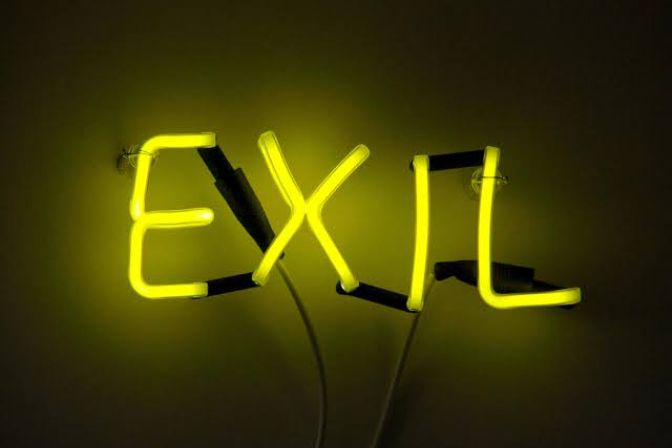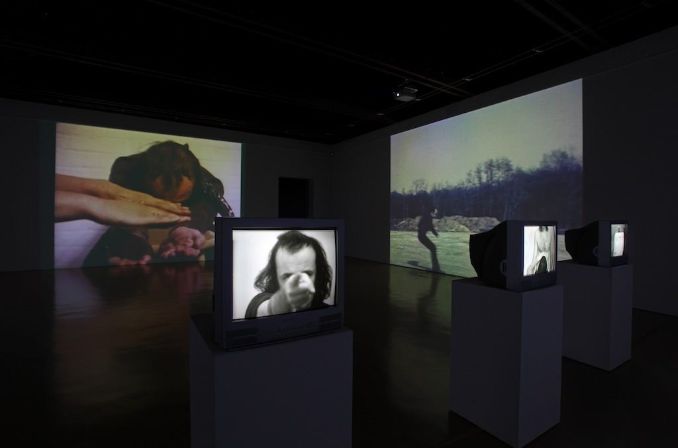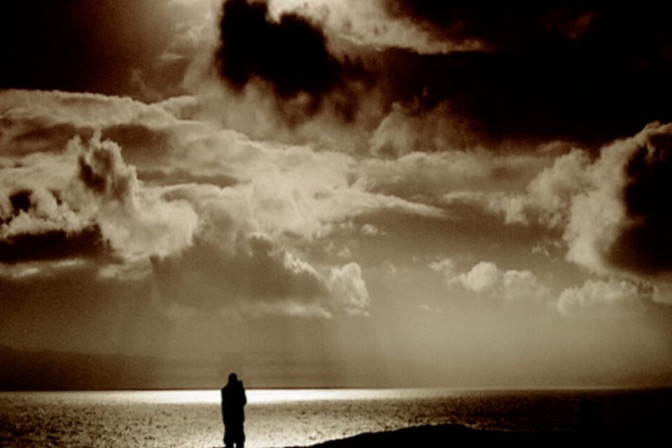Plans for Home Conjuring Unit by Janice Kerbel (b. 1969, Toronto) an interdisciplinary artist whose practice spans print, typography, audio recording, performance, and light-based works. Her art consistently explores notions of visibility, invisibility, and presence, often investigating how various forms can both promise and withhold the realisation of potential futures or states. Through this tension, Kerbel challenges viewers to reconsider how meaning and understanding are constructed or deferred, evoking moments where communication feels incomplete, ambiguous, or mysteriously absent.
Plans for Home Conjuring Unit, commissioned as part of Slipstream, an experimental and short-lived internet art project that operated covertly within the everyday traffic of the World Wide Web. Slipstream was designed to be an invisible yet disruptive layer on the internet—a network of hidden artworks embedded within selected websites. The project sought to mask itself within the constant, frenetic activity of online browsing, using the background noise of digital traffic as a veil to deploy interventions that subtly disrupted and transformed the normal user experience.
Slipstream functioned as a kind of digital ghost in the machine, where artists’ contributions could manifest in various ways—from unexpected pop-up messages, to unsolicited downloadable files, to momentary visual distortions—each designed to catch the user off guard and provoke reflection on the nature of the internet as a space for both connection and alienation.
Janice Kerbel’s contribution to Slipstream took the form of ephemeral digital interruptions that mimicked glitches or errors in the system. These were not merely technical faults but carefully crafted aesthetic interventions, suggesting the presence of a hidden intelligence or “otherness” within the technology itself. Through these visual and auditory disruptions, Kerbel explored the uncanny effects of technology—how digital systems can reveal, conceal, or distort reality—prompting questions about trust, control, and the mediated nature of contemporary experience.
Her intervention was designed to unsettle the user, creating moments of disorientation and surprise that echo her broader artistic preoccupations with communication, absence, and the limits of expression. The work exists in a liminal space between visibility and invisibility, presence and absence, much like a whisper or a shadow that is sensed but not fully grasped. This work stands as a compelling example of how art can inhabit and challenge virtual social spaces, disrupting conventional flows of information and inviting users to consider the hidden structures and interruptions embedded within digital life.
Janice Kerbel’s wider practice frequently examines the mechanics of communication and the poetics of absencethrough a diverse range of media. Her projects often take the form of performances, printed materials, installations of light and sound, and audio pieces, all of which interrogate how meaning is conveyed, withheld, or fragmented. Her work questions the reliability of language and signs, inviting audiences to engage with silences, gaps, and the spaces in between words or images. This interrogation of the unseen and the unheard has become a defining feature of her practice, encouraging a more active, attentive mode of reception where the viewer or listener becomes a participant in the co-creation of meaning.
Janice Kerbel has garnered significant critical acclaim throughout her career. She was nominated for the prestigious Turner Prize in 2015, alongside other innovative contemporary artists such as Bonnie Camplin, Nicole Wermers, and Assemble. She was also a finalist for the Sobey Art Award in 2006, recognizing her as a leading figure in contemporary Canadian art.
Her works have been shown internationally in prominent institutions and exhibitions, including the Liverpool Biennial (2018)—one of the world’s most important contemporary art festivals; the Contemporary Art Gallery in Vancouver (2016); MoMA, New York (2013), a landmark venue in the contemporary art world; The Arts Club, Chicago (2012); the Walter Phillips Gallery at Banff Centre, Canada (2012); Badischer Kunstverein in Karlsruhe, Germany (2011); Chisenhale Gallery in London (2011); and Tate Britain, London (2010).
Plans for Home Conjuring Unit was commissioned and curated by Film and Video Umbrella, a leading organisation that supports innovative moving image and digital art practices. The project received generous support from Arts Council England and Arts Council England East, reflecting a commitment to experimental art that engages critically with new media and contemporary modes of communication.









